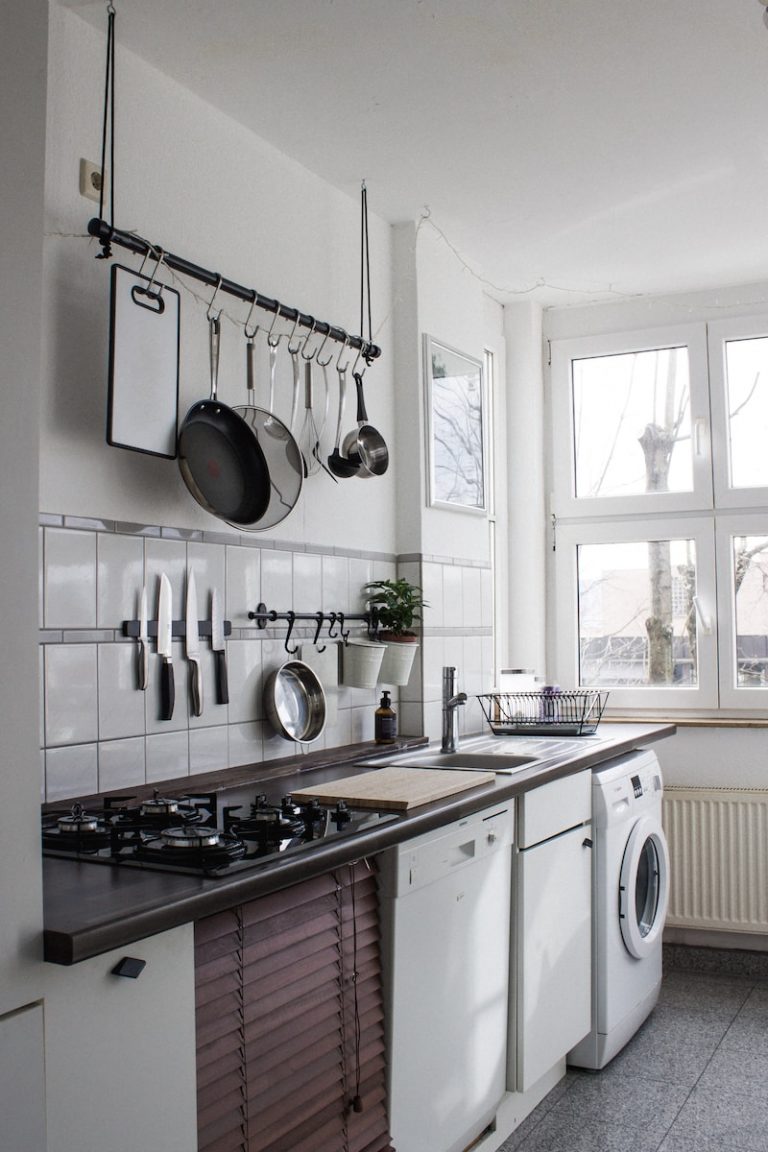In the modern world, electricity is the lifeblood that powers our homes, enabling us to enjoy a plethora of conveniences and comforts. Understanding the basics of electrical systems in your home is not only essential for ensuring functionality but also for maintaining safety and efficiency. In this article we’ll take a closer look at the fundamentals.
Electrical circuits are pathways that allow electricity to flow from the source (typically the electrical panel) to various outlets, switches, and appliances throughout your home. These circuits are protected by circuit breakers, which prevent overloads and short circuits by interrupting the flow of electricity when needed.
The electrical panel, often referred to as the breaker box, is the central hub of your home’s electrical system. It receives electricity from the utility company and distributes it to different circuits through circuit breakers. Each circuit is dedicated to specific areas or appliances in your home.
Electrical wiring consists of conductive materials, usually copper, that carry electricity from the panel to various devices. Wires are typically hidden behind walls, ceilings, and floors. Proper insulation and wiring materials are crucial to prevent electrical hazards and ensure efficient power distribution.
Outlets provide points of access for electrical devices to connect to the power supply. Common types include standard outlets, which provide 120-volt power, and specialized outlets like Ground Fault Circuit Interrupter (GFCI) and Arc Fault Circuit Interrupter (AFCI) outlets that offer added safety features. Switches control the flow of electricity to lights and other fixtures.
Light fixtures include ceiling lights, wall sconces, and lamps that provide illumination. They connect to electrical circuits through wiring and switches. Light fixtures vary in design and function, adding both practicality and aesthetic appeal to your living spaces.
Appliances are electrical devices that perform specific tasks, such as refrigerators, washing machines, air conditioners, and ovens. These devices are connected to dedicated circuits to handle their power requirements safely.
Electrical safety is paramount. Install smoke detectors on every floor and carbon monoxide detectors near sleeping areas to protect against potential dangers. Use GFCI outlets in areas with water exposure to prevent electrical shocks. AFCI outlets can help prevent electrical fires caused by arcing.
Energy-efficient practices contribute to lower electricity bills and a reduced environmental footprint. There has been a huge amount of attention on this recently, so companies which specialise in offering electrical supplies like Acas Electrical stock a wide range of energy efficient products. You can find LED light bulbs, which consume less energy and have a longer lifespan, saving you money. You should also consider unplugging devices when not in use and think about investing in smart thermostats to optimize heating and cooling energy consumption.
Knowing how to troubleshoot simple electrical issues can be invaluable. If an outlet isn’t working, check the circuit breaker to see if it has tripped. If a light bulb burns out, ensure the power switch is on and replace the bulb if needed.
While some minor electrical tasks can be tackled by homeowners, it’s important to know your limits. For complex tasks, such as panel upgrades, rewiring, or electrical installations, always consult a licensed electrician to ensure safety and compliance with regulations.
In summary, having a grasp of the basics of electrics in your home empowers you to use electricity safely and effectively. From understanding circuits and outlets to recognizing the importance of safety measures and energy efficiency, this knowledge enables you to create a comfortable and secure living environment for you and your family.
